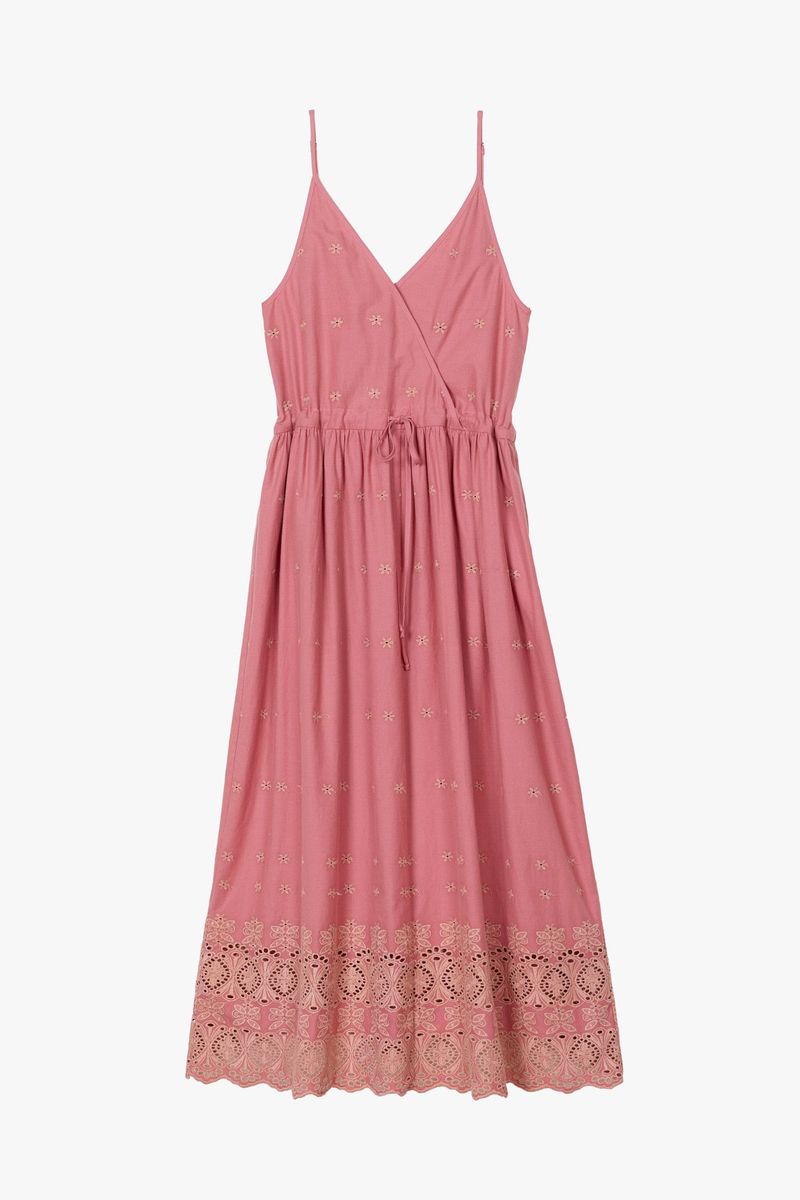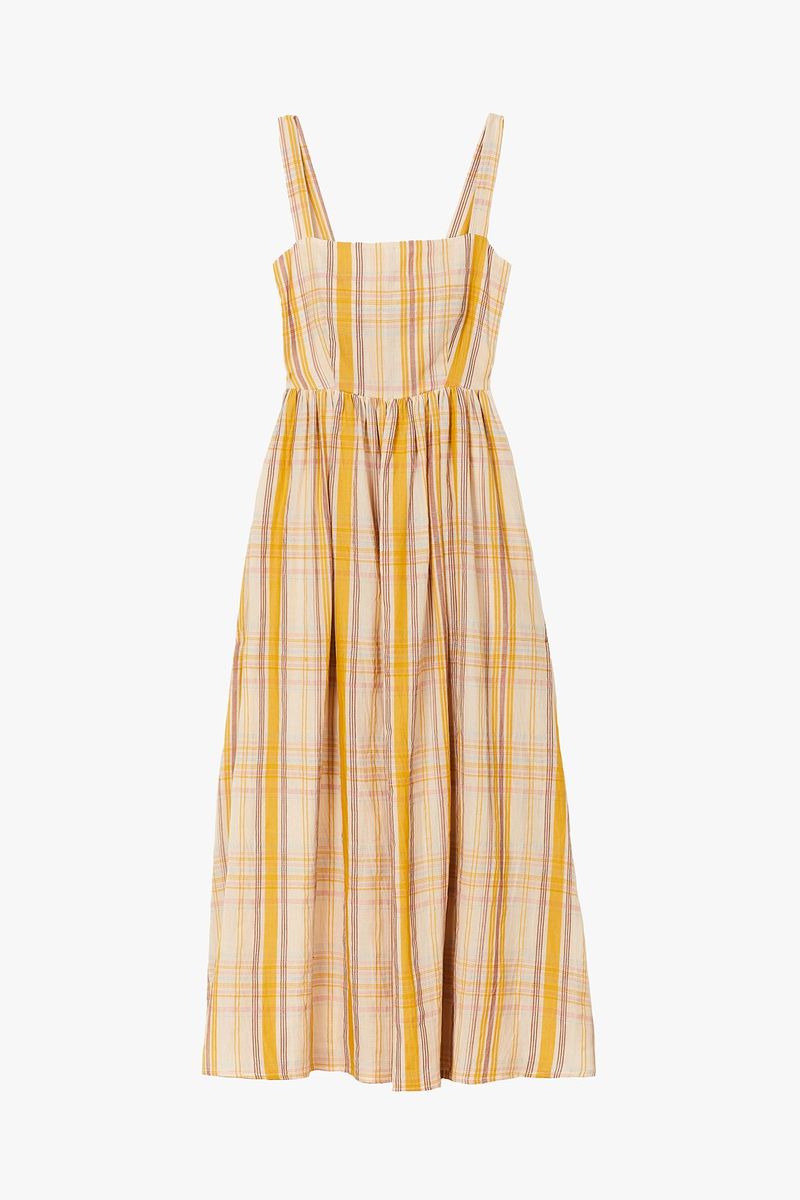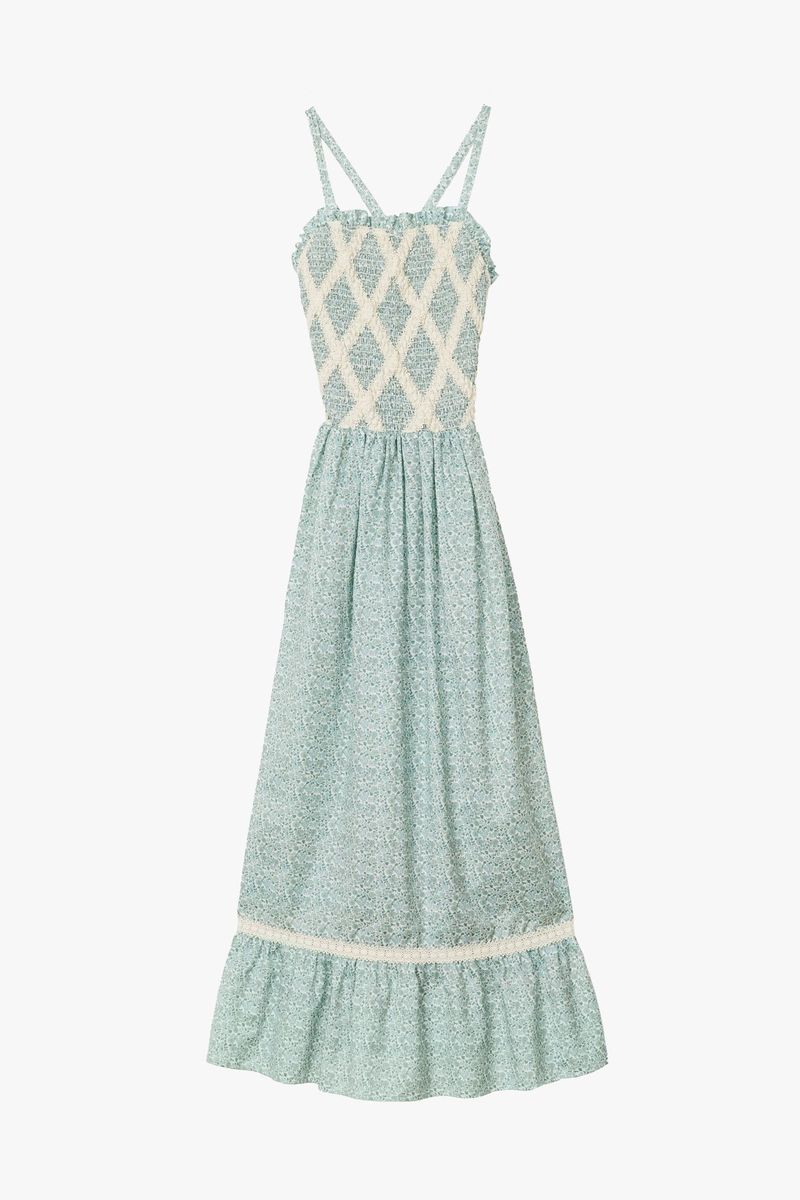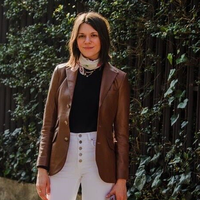Fashion Line Christy Dawn Embraces the Woo-Woo in Regenerative Agriculture
The farm-to-closet capsule is part of a major movement toward better farming, this time in fashion.


Christy Baskauskas is apologizing for “getting a little too ‘woo-woo.’” I reassure her that Marie Claire embraces the ‘woo-woo’ too—it can be, as Baskauskas proves, great for business. So off to ‘woo-woo’ we went, talking about making offerings to the land and saying “Thank you” to Mother Earth.
Such new age-y practices are helping Baskauskas bring her clothing line, Christy Dawn, which she runs with her husband, Aras (who she describes as “the guy that if you have an idea, he gets it done the next day”) into its next phase. When they debuted the line in 2013, they primarily used deadstock fabric to create breezy dresses dreamed up by Baskauskas. Slowly they shifted their primary source of fabric to a high quality and low impact organic cotton. After learning the toxic processes of how those deadstock fabrics came to be and how organic cotton is “not hurting the planet, but not helping it,” she decided to take her fabric sourcing one step further into what the Baskauskases call “farm-to-closet” territory.

Christy in one of the dresses from the second capsule of the Farm to Closet collection.
In 2019, Aras began conversations about developing a deeper connection to their supply chain, which led to meeting Nishanth Chopra, founder of Oshadi Collective, a regenerative farm and textile production community based in Erode, India. The collective enlists the help of not only farmers, but also spinners, weavers, vegetable dyers, and block printers to prepare the cotton for use after it’s been harvested—and who all receive competitive living wage salaries paid for by Christy Dawn. Like traditional regenerative farming process used in food agriculture, the designated Christy Dawn farm started with arid soil (in such a condition because of repeated over-farming and toxic fertilization processes) that is then reinvigorated with natural fertilizer, minimal tilling, and complementary crop growth around their 24 acres of cotton. Working towards a healthier soil on this land not only resulted in a beautiful, high-quality cotton, but also the sequestering of 66 tons of carbon from the atmosphere; instead, the carbon was used by the plants and microorganisms that work around the soil as part of photosynthesis. Each dress Christy Dawn produced this way represents 22 pounds of carbon. The first three capsules will have dropped by mid-summer, based on the lunar calendar: The first was May 11th, a new moon; June 24th, a full moon, is next; followed by July 9th, a new moon. The timing also coincides with a July opening of Christy Dawn’s first brick and mortar store in Venice, California. The aim is to eventually convert the entire business to fully regenerative cotton.
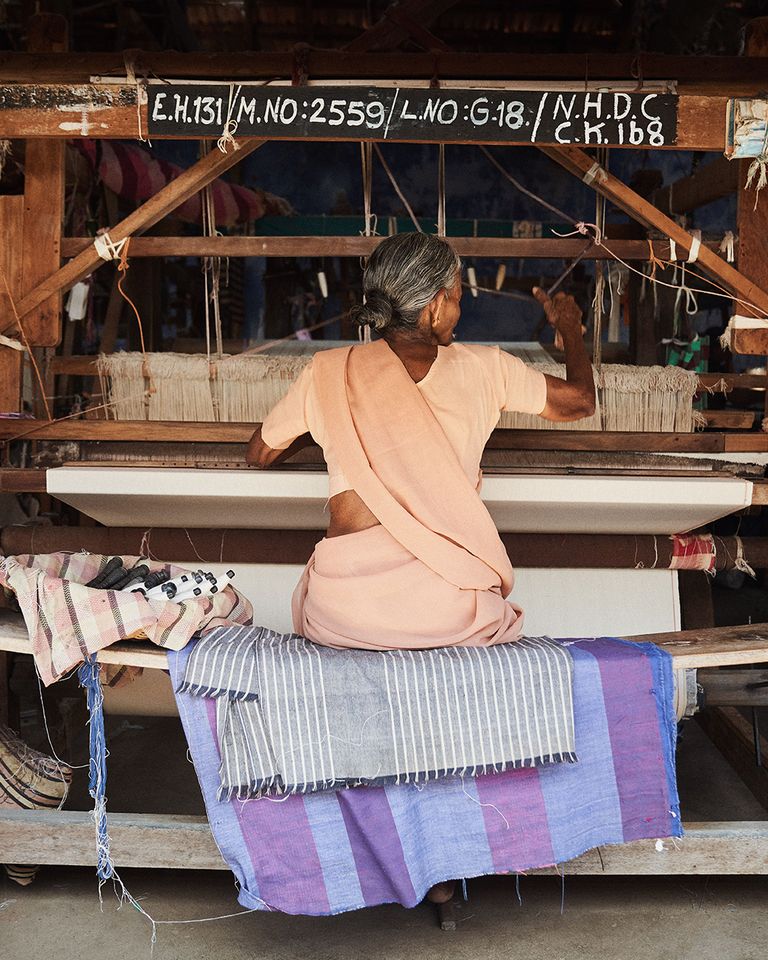
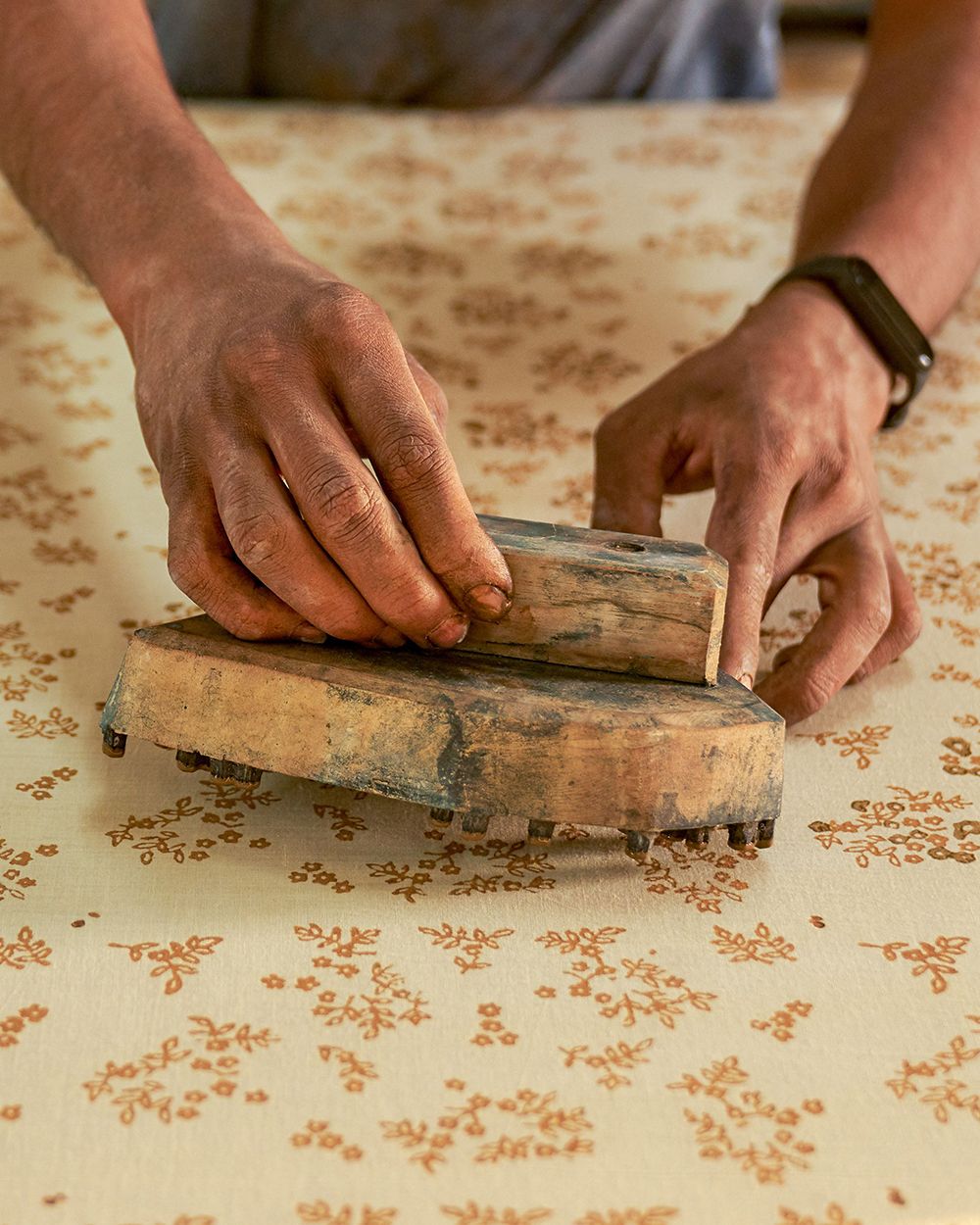
If that all feels a little ‘woo-woo,’ that’s the point: Baskauskas’s feeling on regenerative agriculture comes less from a scientific or data-driven place—which may be because there’s still a lot of debate around its long-term results and impacts—and more from a sacred place with a deep understanding that, with farming, nothing is guaranteed. “You’re really relying on Mother Nature. We want to be in relationship with her and see what we can do for her and with her,” says Baskauskas. “Even spiritually when you give, and you do it with integrity, you’ll receive much more than you even dreamed of receiving. We made offerings to the land and said thank you for growing this cotton for our community.”
What the Baskauskases had anticipated would be 2,000 yards of cotton ended up exceeding their expectations by another thousand. Call it divine intervention or environmental karma, but something worked and it worked well. The concept of regenerative farming is simple enough: Be kind and gentle to the soil and it will sustain itself. While Christy Dawn’s successful approach has certainly granted the brand bragging rights in this space, Baskauskas instead celebrates her passion for this process and is clear to not claim it. “We don’t want to be the ones who own this and we’re actually not the ones who own this,” she says. “This is ancient and indigenous wisdom that we are implementing.” In fact, she’s ready to pay it forward and aims to share the company’s learnings with those willing to listen. “We don’t want to be the only ones doing this. We’re like, ‘Here’s a roadmap, here’s how we did it.’ We want everyone to join in on the farm or lease their own land wherever they can in the world and do it. And seeing that it can be done and maybe it’s just a few extra steps. It’s an investment, but the reward is much greater than the risk.”
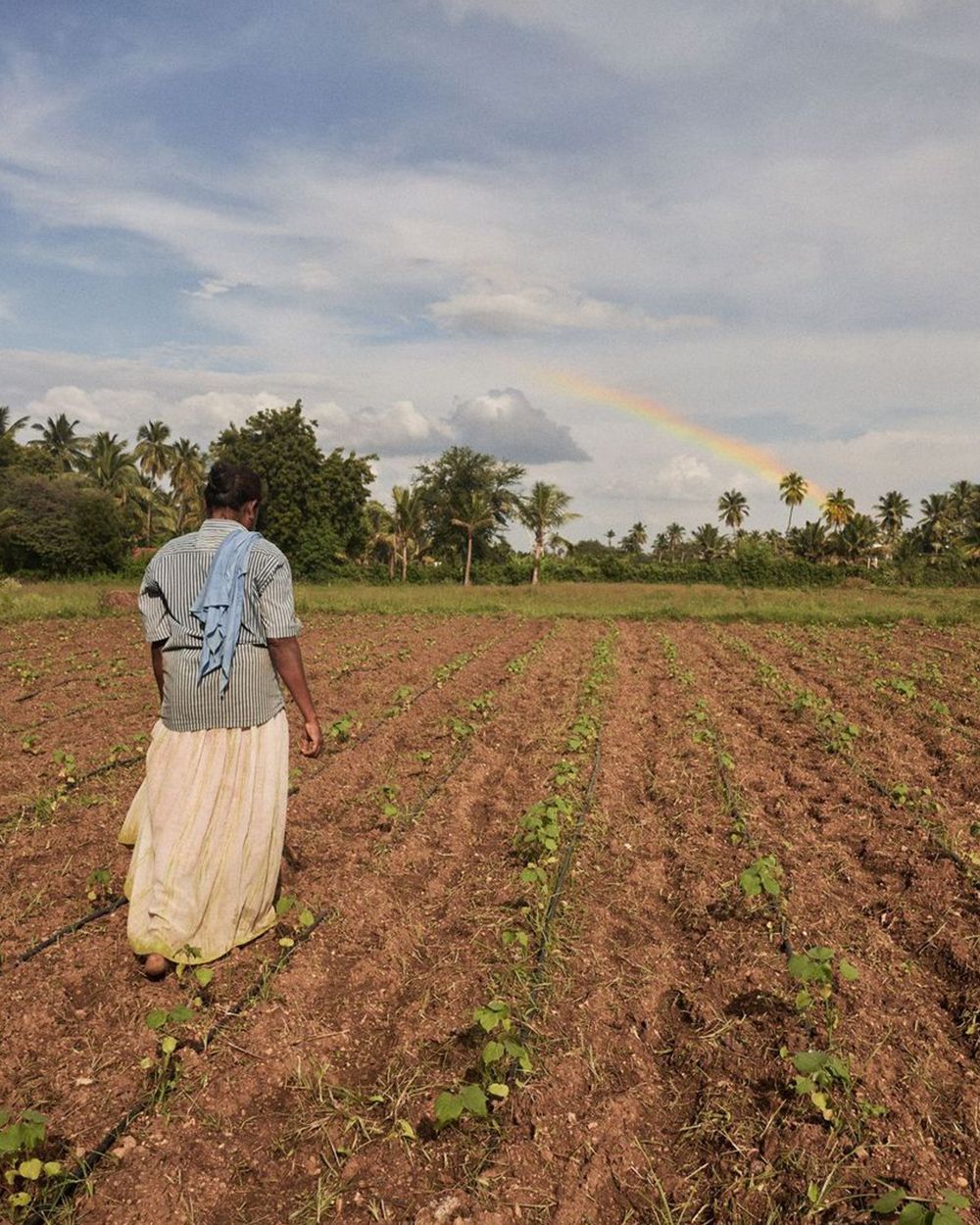
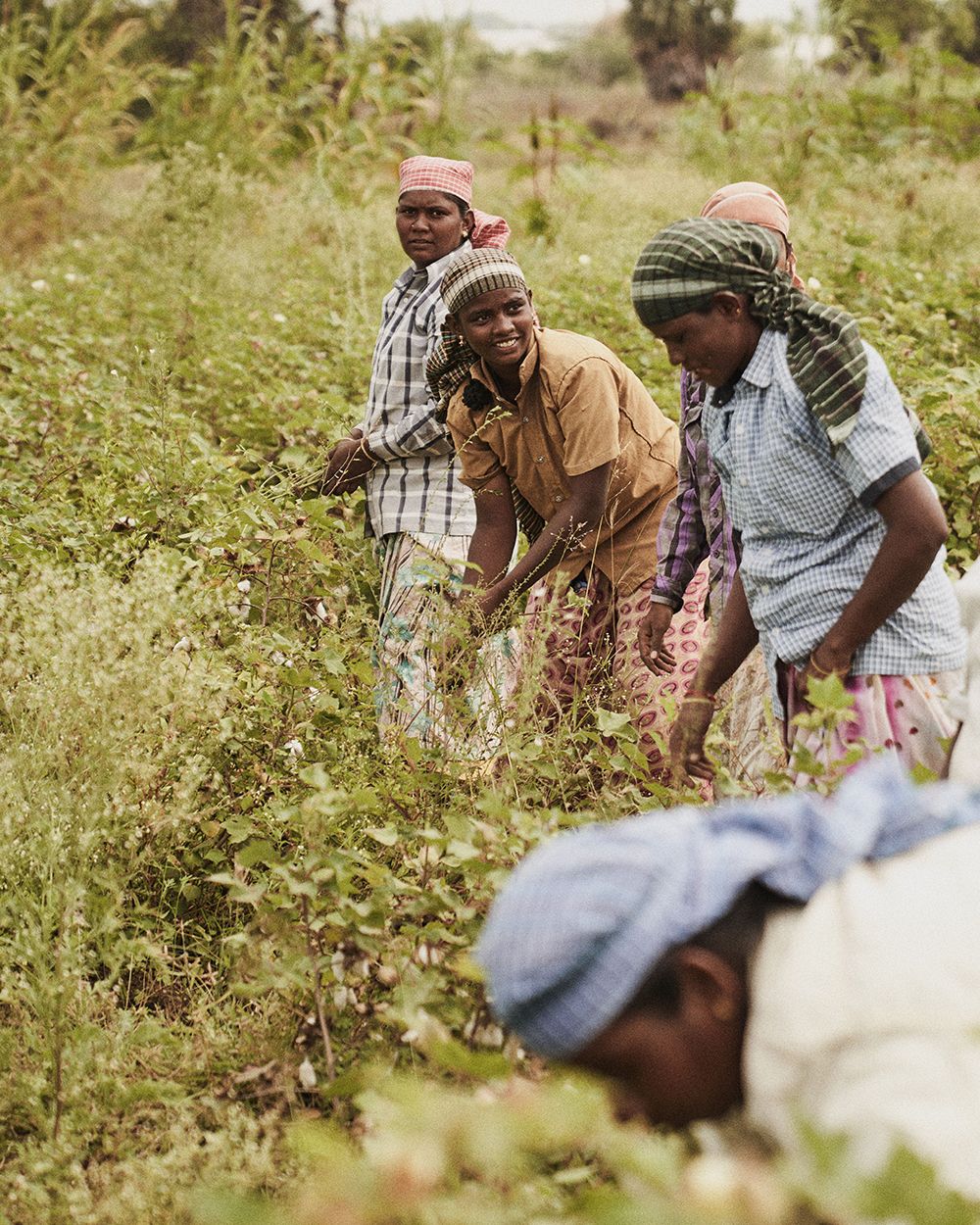
Companies like Patagonia and luxury fashion group Kering are already on board and building out their support to farmers in this practice, investing in acreage as well as funding—in Kering’s case to the tune of 5 million euros. The responsibility of understanding the fickle nature of, well, nature, can be a heavy and expensive load to bear, one that is not grounded in the convenience of fashion’s modern supply chain model. “It’s that much easier to just call and place an order of thousands of yards of organic cotton versus taking on all of the liability as a brand and taking that off of the farmer. Right now what happens is, if there is a pestilence or a flood in India that weight is on us as a brand because we’ve invested in the farm and we pay the farmers salaries,” Baskauskas explains. Theoretically, this is a risk worth taking. If the values of a garment go much further than aesthetics and brand association, shouldn’t that inspire customers? And wouldn’t a company want to bottle that emotional connection to a garment?

One of the dresses from the second capsule.
After examining the cotton in this capsule myself, I can tell there is something different about it. It feels crisp, but also light and airy, pretty much how you’d imagine cotton fabric in its purest state to feel. But there’s something else. Maybe I’m now the one getting a little ‘woo-woo’ with it, but the garments carry a palpable energy of the intention behind them. And I think that’s the part that Baskauskas leads with—that sensation—letting the science and economic benefits come along for the ride. “I really hope that our consumers can feel that when they’re wearing the garment or when they stumble onto our Instagram or our site. For us that’s the goal. Whether or not they buy a dress, we don’t care, but we can drop a seed of hope in their hearts.”
Get exclusive access to fashion and beauty trends, hot-off-the-press celebrity news, and more.
Shop the Farm to Closet Collection:
RELATED STORIES

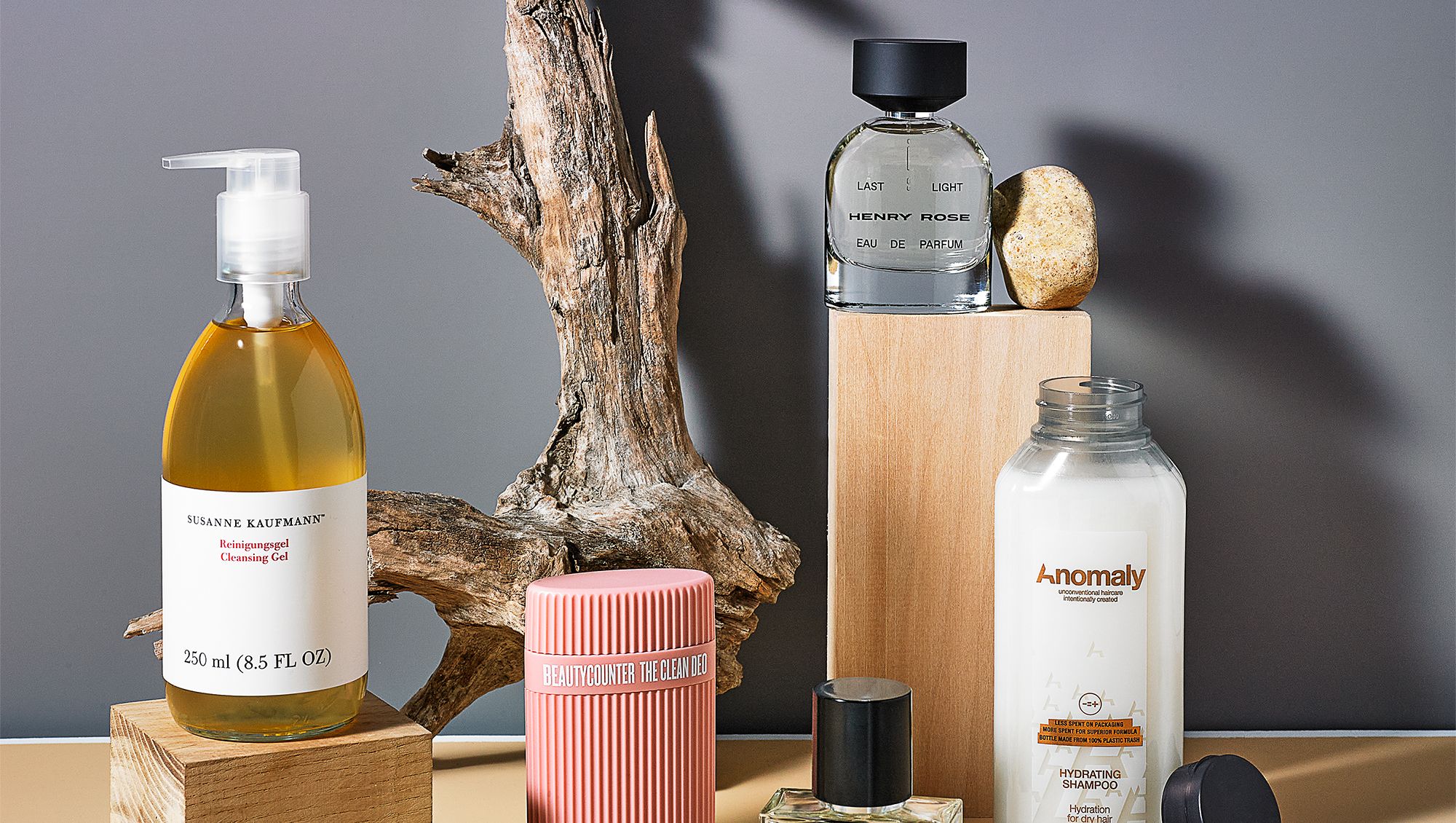
Julia Gall is the former Style Director at Marie Claire, covering all things fashion, as well as styling tips, wardrobe upkeep and sustainability. Check her out at @juliasgall.
